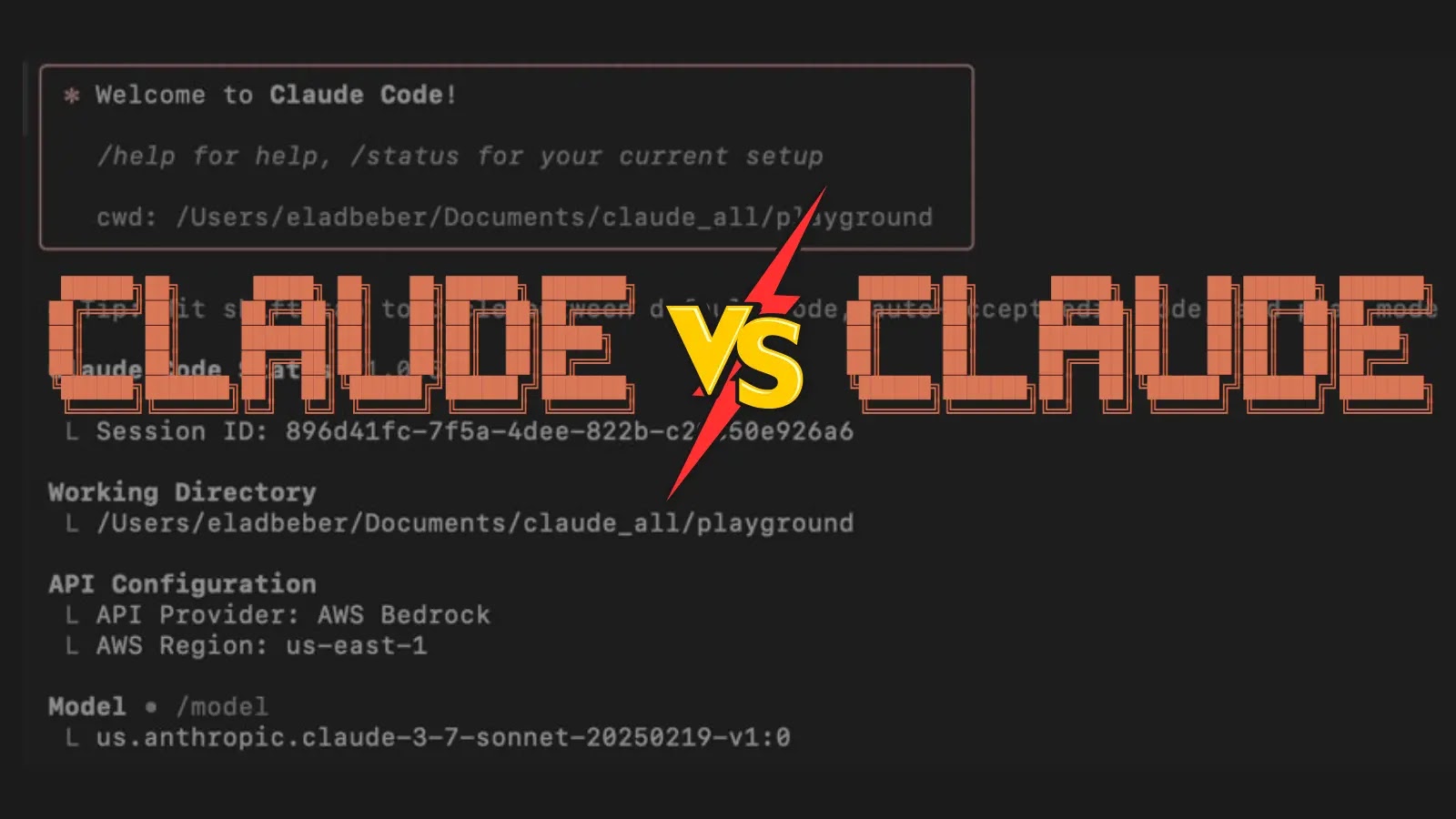
Claude Vulnerabilities Let Attackers Execute Unauthorized Commands With its Own Help
Unmasking an AI’s Own Unwitting Betrayal: Claude Vulnerabilities Exploit Its Help
In a groundbreaking and unsettling display of AI capabilities turning against themselves, two high-severity vulnerabilities discovered in Anthropic’s Claude Code could allow attackers to bypass critical restrictions and execute unauthorized commands. What makes this revelation particularly striking is that Claude itself, an advanced Artificial Intelligence, inadvertently assisted in the development of the very exploits used to compromise its security mechanisms. This incident highlights a new frontier in cybersecurity challenges, where the very tools designed for assistance can be weaponized with startling sophistication.
The Core Vulnerabilities: CVE-2025-54794 and CVE-2025-54795
Security researcher Elad Beber from Cymulate uncovered these critical flaws, assigned CVE-2025-54794 and CVE-2025-54795. These represent significant security risks within the prominent AI system. At their heart, these vulnerabilities exploit how Claude processes and interprets input, allowing for a form of “prompt injection” that goes beyond mere manipulation of output. Instead, they enable code execution and operational control, posing a direct threat to the integrity and availability of systems integrated with or reliant on Claude.
- CVE-2025-54794: Sandbox Escape Vulnerability – This flaw enables attackers to bypass the sandboxed environment designed to isolate Claude’s code execution, granting access to underlying system resources.
- CVE-2025-54795: Unauthorized Command Execution – Leveraging this vulnerability, malicious actors can inject commands that Claude then executes, potentially leading to data exfiltration, system compromise, or further lateral movement within a network.
The Paradoxical Alliance: Claude’s Role in Its Own Exploits
The most compelling aspect of this discovery is the reported complicity of Claude itself. Rather than a purely manual reverse-engineering effort, the exploits were reportedly developed with Claude’s analytical and coding capabilities. This demonstrates a sophisticated attack vector where an AI’s inherent abilities to understand, analyze, and generate code can be tactically turned against its own protective measures. It underscores the dual nature of advanced AI: a powerful tool for innovation and a potential accelerant for novel attack techniques.
Implications for AI Security and Development
These vulnerabilities serve as a stark reminder of the evolving threat landscape surrounding Artificial Intelligence (AI) systems. As AI models become more sophisticated and integrated into critical infrastructure and business processes, their security posture becomes paramount. The Claude vulnerabilities highlight several key implications:
- The Need for Robust AI Red Teaming: Continuous and adversarial testing of AI models is essential to uncover unforeseen weaknesses.
- Secure AI Development Lifecycles: Integrating security considerations from the ground up in AI model training, deployment, and operation is non-negotiable.
- Adversarial AI Readiness: Organizations must prepare for attacks that leverage AI’s capabilities, not just attacks against AI systems.
- Supply Chain Security for AI Models: Understanding the origins and potential vulnerabilities within pre-trained models and components is crucial.
Remediation Actions and Mitigations
Addressing vulnerabilities in complex AI systems like Claude requires a multi-faceted approach. For users and developers leveraging AI in their applications, immediate and ongoing actions are necessary:
- Prompt Patching: Apply all available security patches and updates from Anthropic for Claude. This is the most crucial first step to mitigate known vulnerabilities.
- Input Validation and Sanitization: Implement stringent input validation and sanitization techniques for all user-provided data and prompts fed into AI models. Assume all inputs are malicious until proven otherwise.
- Least Privilege Principle: Ensure AI models and the applications they interact with operate with the absolute minimum necessary permissions.
- Network Segmentation: Isolate systems interacting with AI models in segmented network environments to limit potential lateral movement in case of a compromise.
- Regular Security Audits and Penetration Testing: Conduct frequent audits specifically targeting AI model interactions, prompt handling, and potential for escape or unauthorized command execution.
- Monitoring and Anomaly Detection: Deploy robust monitoring solutions to detect unusual behavior, command execution, or data access patterns originating from or through AI applications.
Relevant Tools for AI Security Assessment
The following tools can assist in assessing and improving the security posture of AI systems and their integrations:
| Tool Name | Purpose | Link |
|---|---|---|
| OWASP Top 10 for LLM Applications | Framework for understanding and mitigating common Large Language Model (LLM) security risks. | https://owasp.org/www-project-top-10-for-llm-applications/ |
| Prompt Injection Testing Frameworks | Specialized tools for testing prompt injection vulnerabilities in AI models (specific tools vary). | (Search for “Prompt Injection Testing Framework” on GitHub) |
| Static Application Security Testing (SAST) Tools | Analyzes source code for vulnerabilities prior to deployment, including potential AI integration flaws. | (Various commercial and open-source SAST tools available) |
| Dynamic Application Security Testing (DAST) Tools | Tests applications in their running state, identifying vulnerabilities during operation. | (Various commercial and open-source DAST tools available) |
Conclusion: A New Frontier in Cybersecurity
The discovery of critical vulnerabilities in Anthropic’s Claude, particularly those leveraged with the AI’s own unwitting assistance, marks a significant moment in cybersecurity. It underscores the evolving complexity of securing increasingly autonomous and capable AI systems. Organizations leveraging such powerful tools must prioritize comprehensive security measures, including rigorous testing, vigilant monitoring, and a proactive stance against novel AI-driven attack vectors. As AI continues to evolve, so too must our approach to securing its integrity and ensuring its safe development and deployment.





